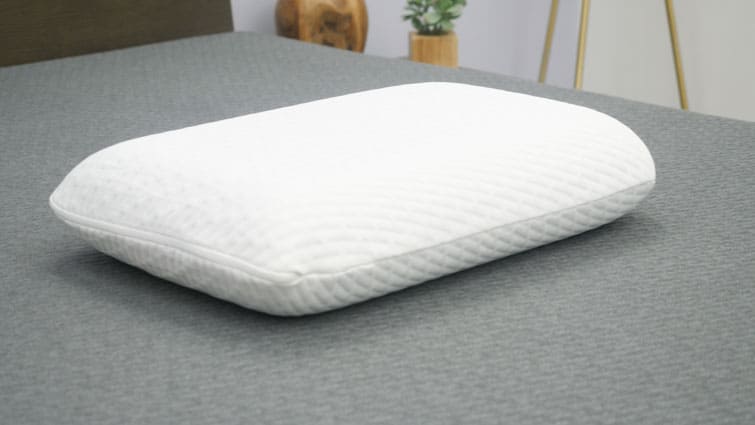
Whether you are gluten intolerant or just looking to incorporate more protein into your diet, gluten free protein bars are the perfect snack to help you reach your nutrition goals! Gluten free protein bars pack in a lot of protein, and often at very low costs as well. However, there are hundreds of gluten free protein bars on the market, each claiming to be the best option out there. Which gluten free protein bar is the most effective? What should you be looking for in your ideal snack? Is it possible to make your own homemade gluten free protein bar at home?
If you want to try protein bars
For protein bars to be considered gluten free, they must contain less than 20 parts per million of gluten. This is an extremely low level of gluten and you’re unlikely to experience any ill effects. If you’re concerned about cross-contamination, be sure that your bars are produced in a dedicated facility and/or check with the manufacturer directly. It can’t hurt!
Understanding the labels on your favorite brands
Since more people are paying attention to their diets than ever before, there are more and more gluten-free products on grocery store shelves. Labels that say gluten-free don’t necessarily mean that a product is gluten free; it just means that it’s made without ingredients derived from wheat, barley or rye. But if you see other gluten-containing grains like oat, spelt, triticale and kamut on an ingredient list then beware. Some of those (oat, triticale) may contain glutens similar to those found in wheat. Others have no relation but are made in facilities where cross contamination can occur between products with gluten and those without.
What are some of the best alternative protein sources?
Quinoa, beans, nuts, seeds. That’s a great place to start. Just be sure you’re consuming them in their whole form (as opposed to protein powders). Beans and legumes are some of my favorites because they provide so much of other nutrients you need—like fiber—in addition to protein. My top three are lentils, black beans and chickpeas.
Understanding FDA regulations on what makes a protein bar gluten-free
Before you can figure out if a protein bar is gluten-free, you’ll first need to determine whether or not that food is even regulated by FDA regulations on gluten. If a product is label gluten-free, then it has been certified under FDA standards and contains less than 20 parts per million of gluten (the upper threshold of what’s consider non-harmful). But if a food isn’t label gluten-free, then it doesn’t fall under these rules—and you should proceed with caution. Food labeling laws are complicate and confusing; while they do require manufacturers to identify ingredients in their products, they don’t apply directly to restaurants or bars.
Recognizing that different people have different needs
Whether you’re gluten-free, lactose intolerant or have an allergy, protein bars are a great way to get a quick meal on-the-go. They’re also fill with everything you need (proteins) without anything you don’t (sugar, trans fats). Unfortunately, not all protein bars are create equal. While some are healthy and tasty snack bars, others can be full of additives and ingredients that cause more harm than good. Here’s what you need to know about choosing your next protein bar
Don’t be fooled by fancy marketing tactics
Many protein bars that are market as whey-based or whey-derived can also contain gluten. The terms are subject to whatever discretion is allow by law. Some protein bars labeled as such could still contain wheat, barley, rye, triticale and/or brewer’s yeast. To be safe, always read ingredients carefully before you buy any protein bar. And if you have celiac disease or an allergy to gluten and are hoping for a tasty snack, try one of these allergen-free alternatives instead
0 Comments 394 Views
YOU MAY ALSO LIKE
About me

Health And Healthy Tips is Free health blog, If you wish to be part of this blog and want to conribute contents which are interesting for our readers, please contact us.
CATEGORY
- Beauty (19)
- Dental Care (116)
- Eye Care (12)
- Fitness (19)
- Healthy Life (58)
- Men's (10)
- Women's (12)


























